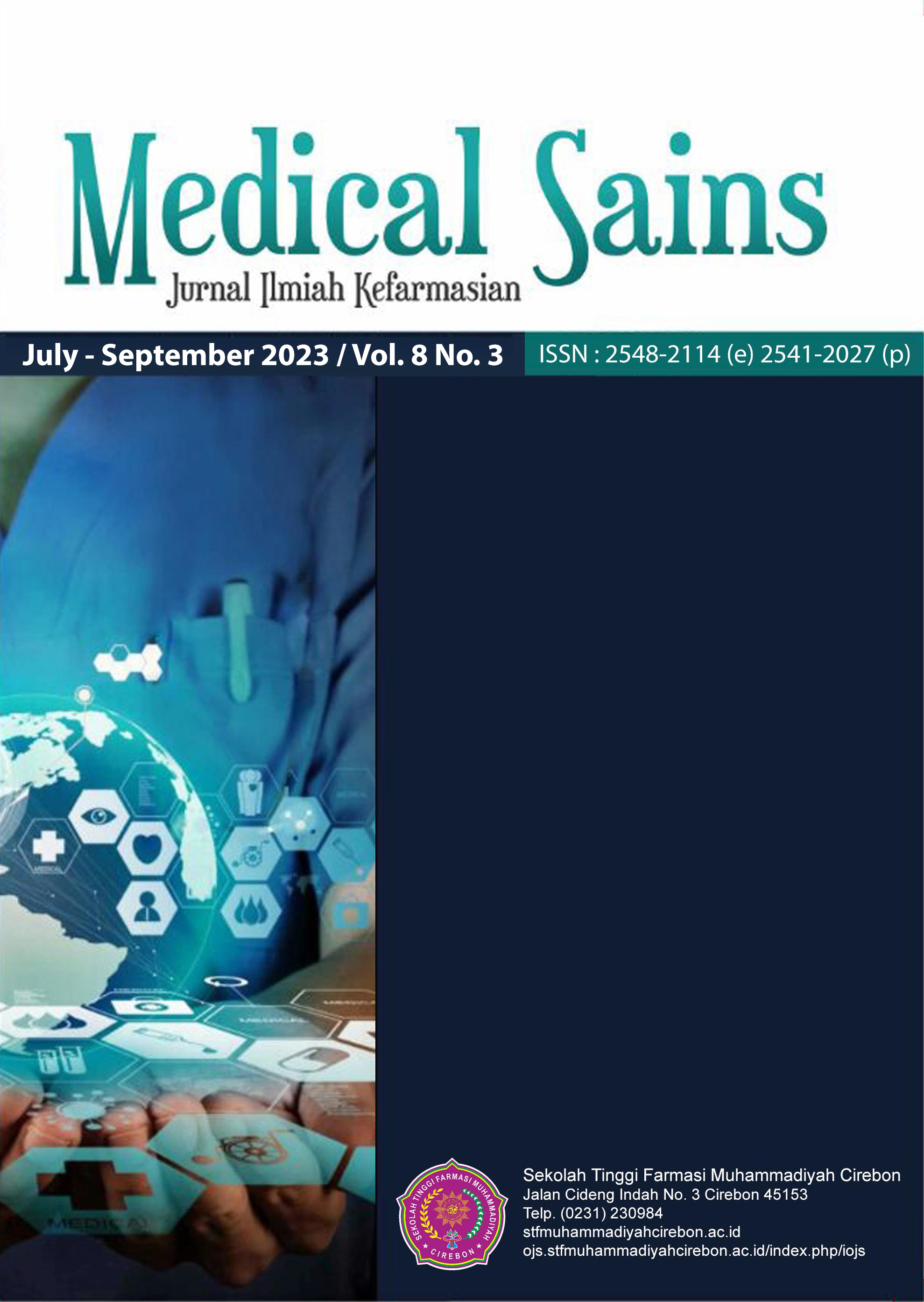NANOEMULSION-BASED MOUTHWASH OF ETHYL ACETATE FRACTION OF SERAI WANGI STALK: FORMULATION, CHARACTERIZATION AND ANTIBACTERIAL ACTIVITY TEST
Main Article Content
Abstract
Serai wangi or citronella (Cymbopogon nardus L.) has long been used in Indonesia as a component of traditional medicine. A recent study aimed to determine the antibacterial activity of the most active fraction of Citronella stalk extract and to formulate it into a nanoemulsion mouthwash. Fractionation of the ethanolic extract was carried out using liquid-liquid extraction, and it was found that the ethyl acetate fraction (EAF) was the most active. This fraction was then varied at concentrations of 25%, 12.5%, 6.25%, 3.125%, 1.5625%, and 0.78125% for the antibacterial activity test using the disc diffusion test method. To determine the potency of microbial activity, the minimum inhibitory concentration (MIC) and minimum bactericidal concentration (MBC) were evaluated. Subsequently, the ethyl acetate fraction was formulated into a nanoemulsion and characterized by measuring the transmittance percentage, droplet size, and polydispersity index (pdI) using a particle size analyzer. The results showed that the ethyl acetate fraction at a concentration of 25% obtained an inhibition zone diameter of 10.67 mm. MIC and MBC values ??were obtained at a fraction concentration of 6.25%. In addition, characterization of formulae exhibited particle size and pdI as follow 101.6 nm and 0.681 (Formula I); 84.1 nm and 0.609 (Formula II); 108.3 nm and 0.527 (Formula III).
Keywords: Citronella stalk; fractionation; Streptococcus mutans; nano-emulsion; mouth wash
